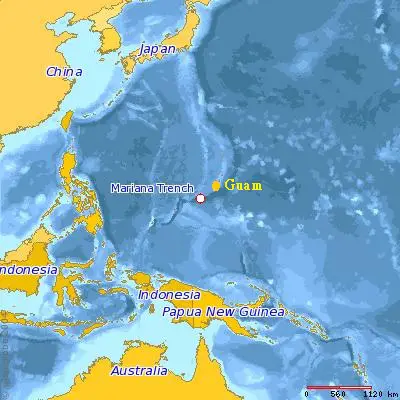The Shanghai port has secured the top position in UNCTAD’s 2019 ranking of the world’s best-connected ports, which was released on 7 August. The Chinese port collected a connectivity score of 134 points, followed by the ports of Singapore (124.63 points), Pusan (114.45 points) in Korea and Ningbo (114.35 points), also in China. In 2006, the index is set at 100 for the best-connected port, which was Hong Kong, China.
The other ports on the top 10 list besides the Asian ports are those of Antwerp (94 points) in Belgium and Rotterdam (93 points) in the Netherlands. None of the ports among the top 20 list are from Africa, Latin America, North America or Australasia.
“A container port’s performance is a critical factor that can determine transport costs and, by extension, trade competitiveness,” said UNCTAD’s director of technology and logistics, Shamika N. Sirimanne.
“Efficient and well-connected container ports enabled by frequent and direct shipping services are key to minimizing trade costs and fostering sustainable development”, Ms. Sirimanne said.
UNCTAD’s port Liner Shipping Connectivity Index (port LSCI) dataset enables businesses and governments to determine maritime transport trends and their ports’ positions compared to others.
More than 900 ports covered
The port LSCI, which now provides data on more than 900 ports dating back to 2006, is generated using the same methodology as that for the recently released country-level LSCI produced by UNCTAD in collaboration with MDSTransmodal.
The 2019 port LSCI shows that the expanded Panama Canal has led to shifts in patterns of services.
Since 2016, the data indicates that the LSCI of New York/New Jersey and Savannah on the east coast of North America grew by more than 20%, while the leading ports on the west coast saw their LSCI stagnate.
Further the data revealed that investments by shipping lines can attract additional services. Piraeus (Greece), operated by COSCO from China, for example, has become the best-connected port in the Mediterranean in 2019.
Both geography and port reforms emerged as critical factors in Africa. The best-connected countries in Africa are those at its corners are Morocco, Egypt and South Africa.
Western Africa has relatively low connectivity because it doesn’t lie at the crossroads of major north-south or east-west shipping routes. Whereas Mombasa (Kenya) and Dar es Salaam (Tanzania) connect Burundi, Rwanda and Uganda to overseas markets through dedicated corridors, but they remain highly congested.
Merchandize trade becomes costly and uncompetitive because of low connectivity. Many small island developing states (SIDS) face a vicious cycle where low trade volumes discourage investments in better maritime transport connectivity.
The Pacific Islands are among those with the lowest shipping connectivity. For example, Port Vila (Vanuatu) receives about one container ship every three days, the data shows.
In Kiribati, there is only one operator which offers regular liner shipping services, with one ship arriving about every 10 days.
Port calls and port turnaround times
Besides the new data sets measuring liner shipping connectivity, UNCTAD also released new data on port calls and turnaround time in the global container ports, in collaboration with MarineTraffic.
The data shows that containerships have the lowest turnaround times. In 2018, a ship spent a median time of 23.5 hours in ports.
Dry bulk carriers typically spent just over two days during a port call, while container ships spent the least amount of time – less than a day.
“A shorter time in port is a positive indicator that could partly signal the level of port efficiency and trade competitiveness,” said UNCTAD’s chief of transport, Frida Youssef.
The economies with the fastest turnaround times are the advanced ones with large volumes or small ones that handle low cargo volumes at each port call, Ms. Youssef said.
The data showed that the bottom 10 countries are all developing countries or least developed countries.
However it was concluded that, a longer time spent in port does not necessarily mean that the port is less efficient, as owners of ships may choose to have them stay longer in a port to purchase goods or services.
According to Ms. Youssef, countries with more port calls have lower turnaround times. “A port with a faster turnaround can accommodate a larger number of port calls with the same number of berths,” she said.
“Such a port is also more attractive to shippers and carriers”, Ms. Youssef said, so the number of port calls will be higher compared to a competing port that has a lower turnaround time.
These latest datasets complement other maritime statistics and indicators provided by UNCTAD to measure the achievement of the Sustainable Development Goals.
Reference: unctad.org
from WordPress https://www.maritimemanual.com/shanghai-tops-ranking-worlds-best-connected-ports/

No comments:
Post a Comment